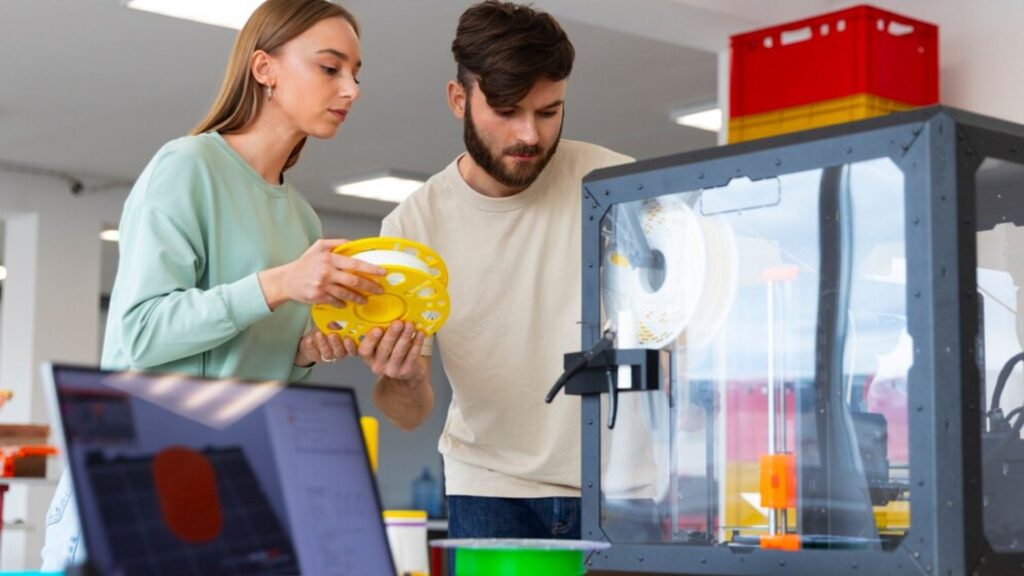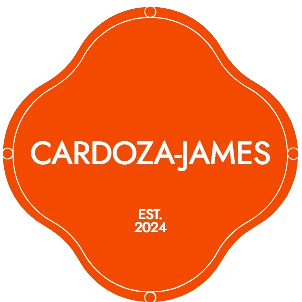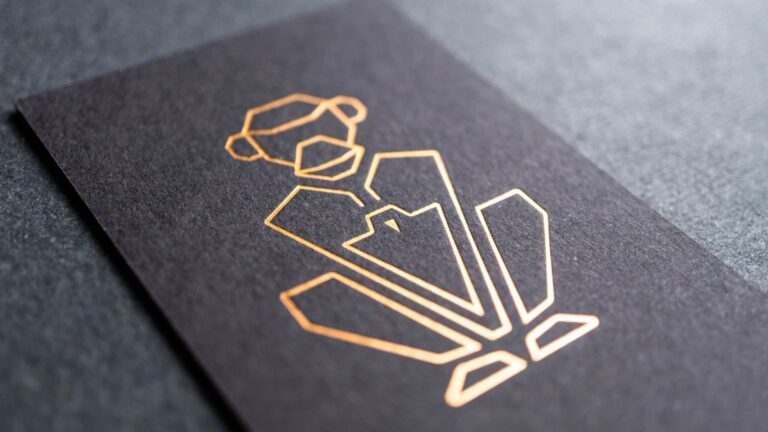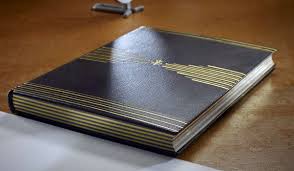
The creative industries have always thrived on innovation and pushing boundaries, and the advent of 3D printing technology is no exception. Over the past decade, 3D printing has evolved from a niche prototyping tool to a transformative technology reshaping art, design, fashion, architecture, and more. This shift offers unprecedented freedom for creators to bring their ideas to life with greater precision, customization, and speed.

What Is 3D Printing?
3D printing, or additive manufacturing, is a process of creating three-dimensional objects layer by layer from digital models. Unlike traditional subtractive manufacturing, which carves away material, 3D printing builds objects by depositing materials such as plastics, resins, metals, or even biological materials.
How 3D Printing is Revolutionizing Creative Fields
1. Art and Sculpture
Artists can now realize complex geometries and intricate designs impossible to achieve by hand. 3D printing allows for rapid prototyping and scaling of sculptures, blending traditional craftsmanship with digital precision.
2. Fashion and Jewelry
Designers use 3D printing to create custom garments, accessories, and jewelry with unique textures and structures. This technology enables on-demand production and bespoke pieces tailored perfectly to individual clients.
3. Architecture and Model Making
Architects produce detailed scale models quickly, facilitating better visualization and presentation. Some firms even experiment with 3D printing full-scale building components, pushing the limits of construction innovation.
4. Product Design and Prototyping
3D printing accelerates the product development cycle by allowing designers to create and test prototypes rapidly. This speeds up innovation and reduces costs, enabling more iterative design processes.
Benefits of 3D Printing in Creative Industries
-
Customization: Easily produce personalized or one-off items without additional tooling costs.
-
Complexity: Manufacture intricate designs that are impossible with traditional methods.
-
Speed: Rapidly move from concept to physical object, reducing development time.
-
Sustainability: Use materials efficiently, often minimizing waste compared to subtractive processes.
-
Accessibility: Affordable desktop 3D printers make the technology available to independent artists and small studios.
Challenges and Limitations
While 3D printing offers remarkable advantages, it also presents challenges:
-
Material Constraints: Not all materials can be 3D printed, and some lack the durability of traditionally manufactured items.
-
Surface Finish: Printed objects often require post-processing to achieve smooth or polished surfaces.
-
Cost: High-end printers and materials can be expensive, limiting accessibility for some creators.
-
Learning Curve: Designers must acquire skills in 3D modeling and printing technology.
The Future of 3D Printing in Creativity
The potential of 3D printing continues to expand with advances in materials science, multi-material printing, and bioprinting. We may soon see more widespread use in wearable tech, interactive installations, and even living art. As software and hardware evolve, the barriers to entry will lower, democratizing creativity and manufacturing even further.
Conclusion
3D printing is a game-changer for creative industries, empowering artists, designers, and architects to explore new frontiers of innovation. By blending digital design with tangible production, it offers unmatched opportunities for customization, speed, and complexity. As the technology matures, 3D printing will undoubtedly play an even more central role in shaping the future of creativity.







